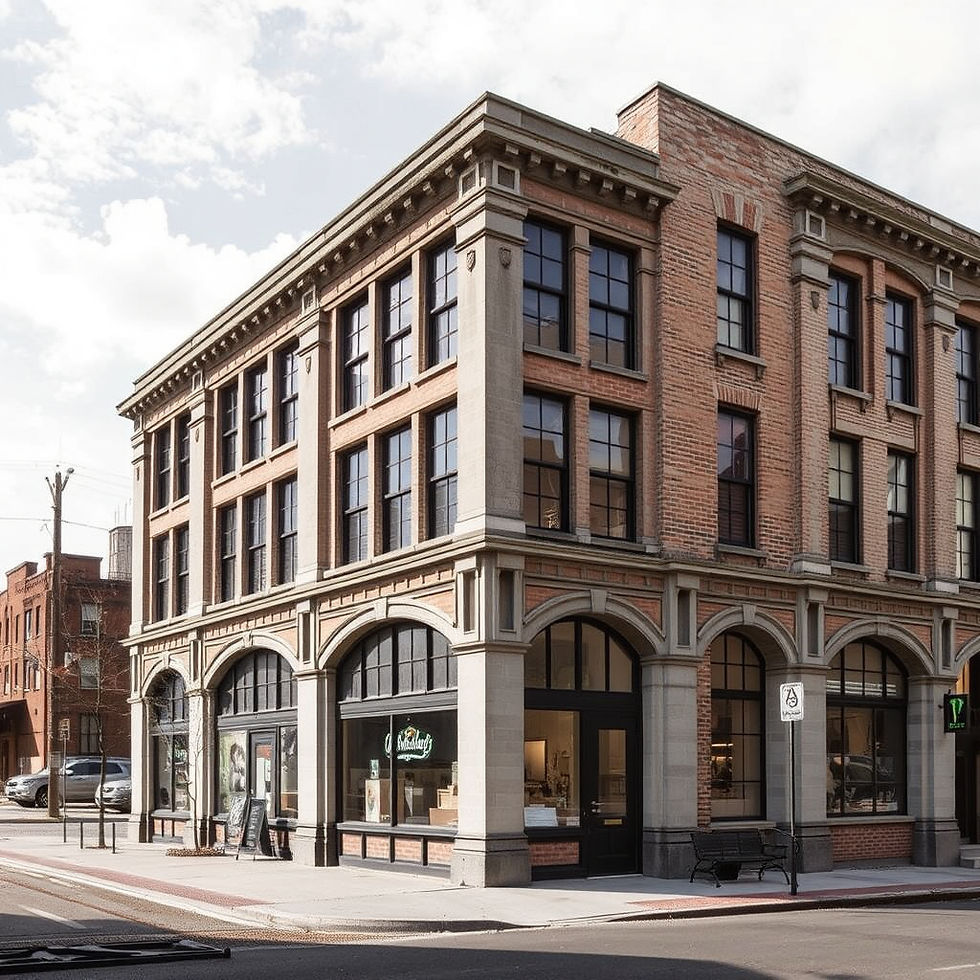Rome's Historic Restoration Renaissance: Lessons from the Jubilee 2025 Renovation Wave
- Phase Zero
- 4 days ago
- 2 min read
Rome is experiencing an unprecedented wave of historic restoration as the city prepares for the Catholic Jubilee Year 2025, an event expected to draw 25 to 30 million pilgrims and tourists. This massive undertaking offers valuable insights for designers and architects interested in large-scale heritage preservation and sustainable renovation practices.
The Scale of Transformation
The Jubilee 2025 renovation initiative encompasses dozens of infrastructure and historic site upgrades across Rome, including churches, monuments, fountains, and public spaces. Projects are operating around the clock to meet tight deadlines, demonstrating the logistical complexity and coordination required for comprehensive urban restoration. From the restoration of iconic fountains in historic piazzas to the careful rehabilitation of centuries-old churches, Rome's approach showcases how meticulous planning and resource allocation can breathe new life into aging structures while maintaining their historical integrity.
Design Principles in Action
What makes Rome's Jubilee restoration particularly noteworthy is the balance between preservation and modernization. Restoration teams are employing advanced digital tools such as H-BIM (Historical Building Information Modelling) to precisely document existing conditions, plan interventions, and monitor structural behavior. This technology enables architects to simulate how historic buildings will respond to modern use and environmental stressors, ensuring that restoration work enhances both functionality and longevity.
The projects also emphasize the use of natural, locally-sourced materials that match original specifications, maintaining authenticity while reducing environmental impact. This commitment to sustainable material selection reflects a broader shift in the heritage restoration industry toward environmentally conscious practices.

Implications for Interior Designers
For interior designers working on heritage projects, Rome's Jubilee restoration offers several key takeaways. First, the importance of stakeholder coordination cannot be overstated—successful restoration requires collaboration between architects, engineers, conservators, and local authorities. Second, investing in digital documentation and planning tools pays dividends in preventing costly mistakes and ensuring long-term structural stability. Finally, the integration of sustainability principles into heritage work is no longer optional; it is becoming an industry standard that clients increasingly expect.
Looking Forward
As Rome prepares to welcome millions of visitors to its restored historic sites, the city serves as a living laboratory for heritage restoration best practices. The lessons learned from these projects—from material selection to project management—will influence how historic buildings are renovated globally for years to come. For design professionals committed to sustainable practices, Rome's Jubilee restoration demonstrates that heritage preservation and environmental responsibility are not competing goals but complementary objectives.



